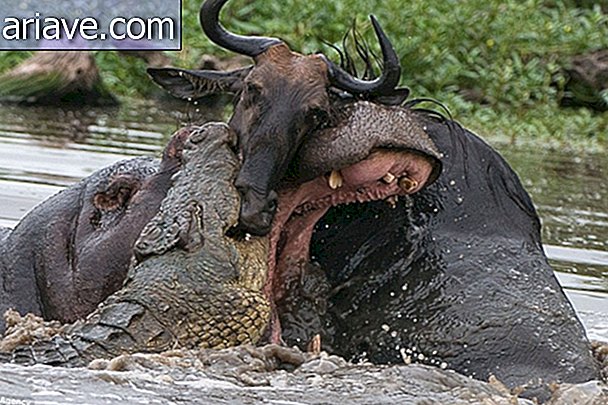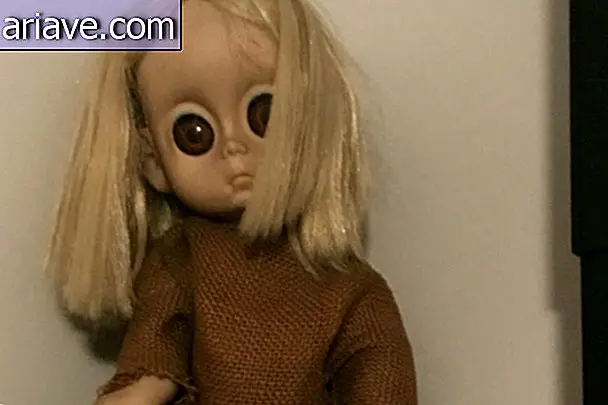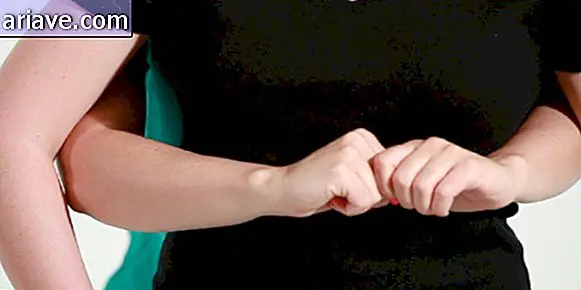Muse of one of the most controversial works in history may have been identified
Just imagine the scandal that the picture you might see sooner did not cause! Created in the mid-19th century by the French painter Gustave Courbet, the work - dubbed L'Origine du monde or The Origin of the World in free translation - not only shows a naked woman in an insinuating pose, which in itself would be something quite controversial at the time, as it consists of a close-up of its inner parts.
The model's face is not visible in the painting, nor is her legs or arms - and the artist has never revealed the bold woman's identity, an omission that obviously sparked decades and decades of debate between scholars and experts (curious to find out, who, after all, would be the owner of the "parakeet").
For, according to Bernadette Deron of All That Is Interesting, historian Claude Schopp - a renowned expert on the famous French novelist Alexandre Dumas - believes he has finally solved the mystery of who landed for Courbet. Check out the "controversial" table below:

Evidence
A curiosity involving the enigmatic genitalia is that, for years, the guys investigating the painting pointed as a possible candidate for Irish Joanna Hifferman, model who, besides posing for Courbet on several occasions, was also his lover. However, the problem with this particular suspicion is that Joanna was a redhead, and as we can clearly see from the picture, this is not the case with the person pictured. Check out a portrait of the model:

So get out of here, turn around, and behold, Claude says he found evidence that the painting's model was actually a Parisian ballet dancer named Constance Queniaux - the demure-looking girl you can see in the pictures below:

With regard to such evidence, the painting was allegedly painted at the request of an Ottoman diplomat named Halil Serif Pasha - who would have asked Courbet to paint a nude woman in her "grossest" state - so that the piece would be part of her collection of works. erotic.
It turns out that Queniaux was Pasha's lover - and Claude happened to find a correspondence between Dumas and Amandine Aurore Lucile Dupin - Dudevant's baroness who was also a novelist and wrote under the pseudonym "George Sand" - in which the painting is mentioned and in which It is clear that there was a connection between Kenya and Courbet.
Other historians who have analyzed Claude's claims agree that with the information he has found, there is a very high chance - 99% chance! - that your theory is correct. To close the case completely, only if one of the parties could confirm the discovery, but to do so would have to travel to the past, since all died long ago.
***
Do you know the Mega Curioso newsletter? Weekly, we produce exclusive content for lovers of the biggest curiosities and bizarres of this big world! Register your email and do not miss this way to keep in touch!











